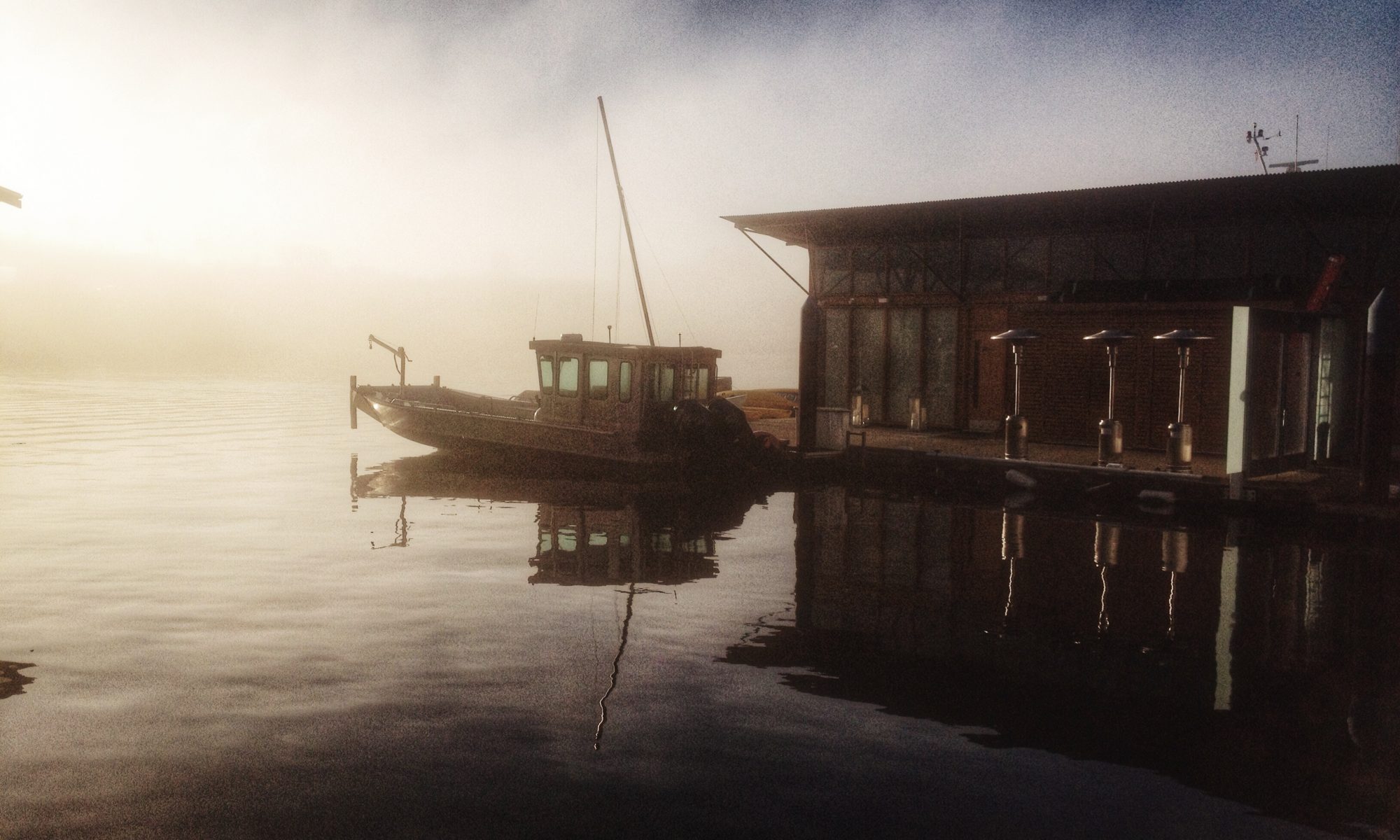One of my favourite CBC shows is Podcast Playlist, which is a weekly, curated show where Matt Galloway & Lindsay Michael sample a set of podcasts, around a particular theme. They play excerpts, or whole episodes depending on length, and talk about why they have included it.
Related, much to my surprise, one of my favourite [ed: counterpoint] developments in media are these post-show discussion shows (Talking Dead, Talks Machina, After the Thrones). I should note that some of these shows are terrible, some are good. The better ones tend to be web, rather than network, and more free-flowing. They’re also all universally too long.
Whether web-based/digital or, my ideal, an honest-to-goodness terrestrial radio station, would combine these into a thrilling, diverse and interesting talk-format discovery station. With programming divided up throughout the day/week, with curated hosts, and re-broadcasting entire podcast episodes, it re-invents the incredibly tired call-in-and-rant structure of current talk radio. It also offers a chance for different new revenue streams for podcast creators (who, in my idea, are of course compensated for all re-broadcasts & take some share of advertising revenue).
Let’s say you divide each day into 4-hr segments, where hour 3 (or maybe just the last 0.5 hr) is the “discussion of what you just heard” segment, ideally including one or more of the podcast creators you were just listening to, and allowing inbound contribution via phone/text/whatever (like any call-in show).
If there were regular, recurring scheduled themes, I’d tune in for topics that interest me. For serial podcasts, like Serial, this offers an opportunity to have a scheduled broadcast over several weeks. Some would be one-offs, and some regulars for weeks or months at a time.
Last-minute thought: In many ways, this is the model CBC Radio 1 already has. Most of the shows are essentially podcasts (Q, Under the Influence, Ideas, Quirks & Quarks, Spark – the lines between regular radio-show and podcast are very blurry) already, intermixed with news/current event shows. The key difference, I think, is an expectation that the station is curating other people’s content, as well as probably producing their own. For a broadcaster like CBC, with a mandate to support Canadian culture, this could be a really interesting new station, pushing out Canadian podcasts to the world.







